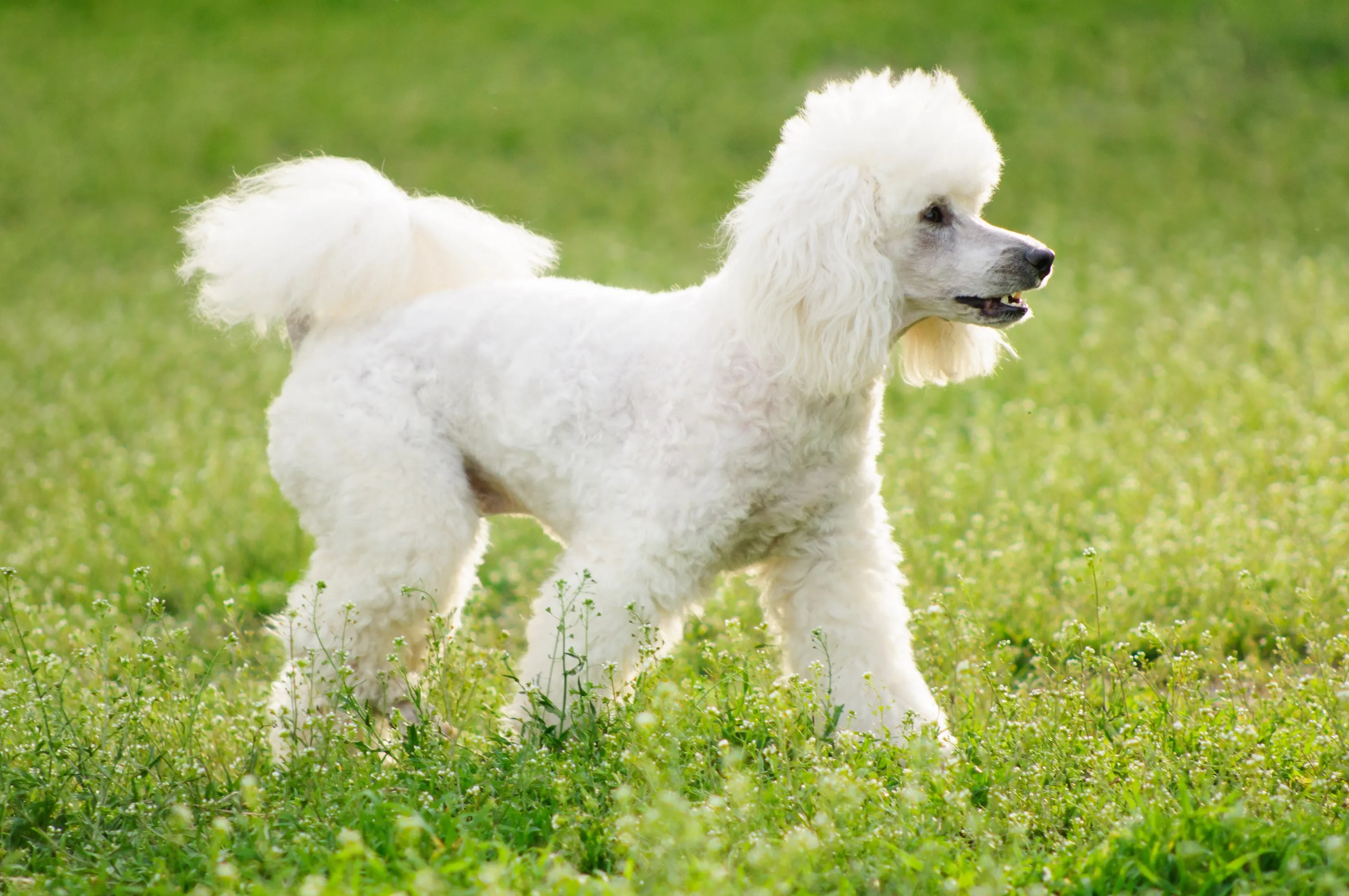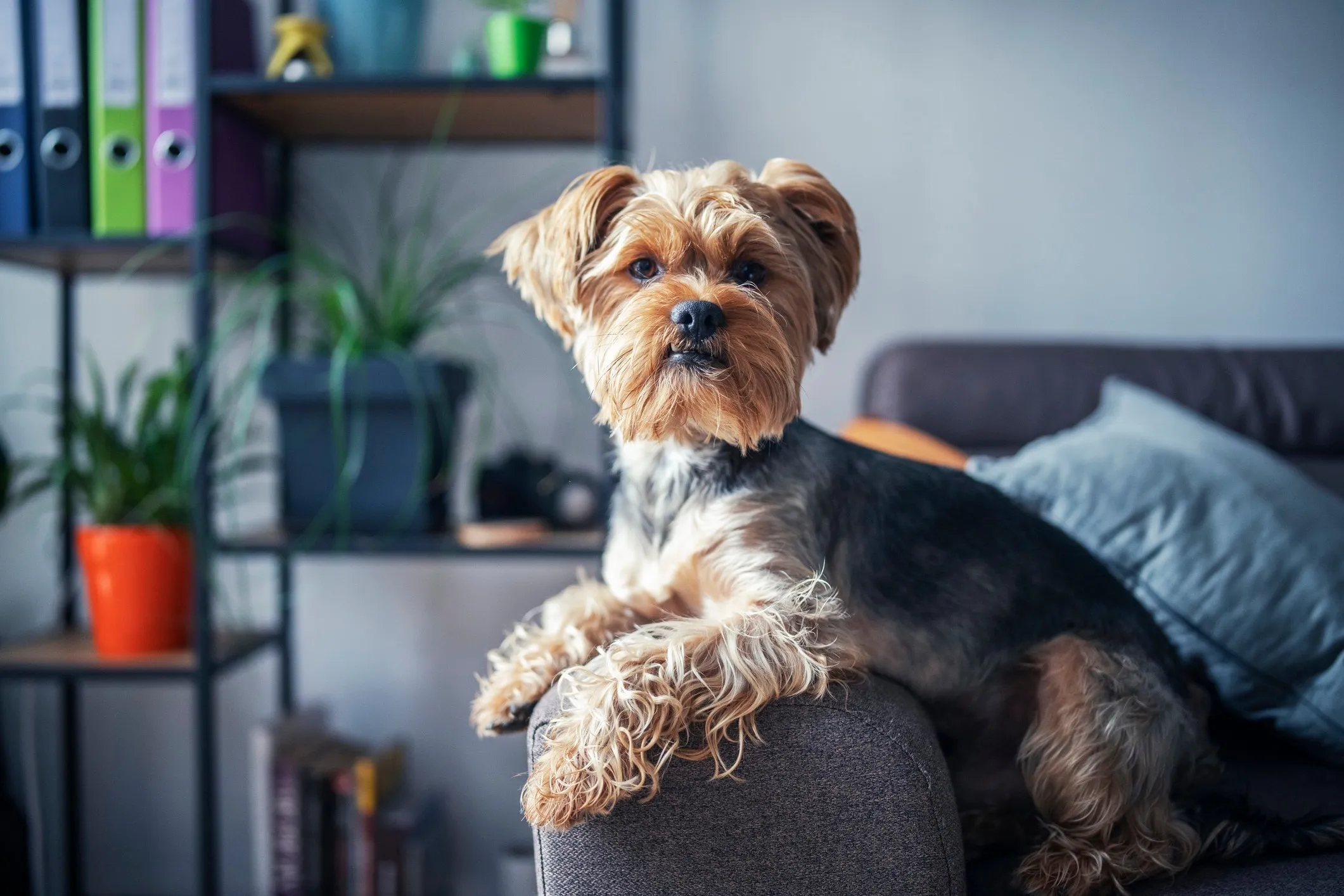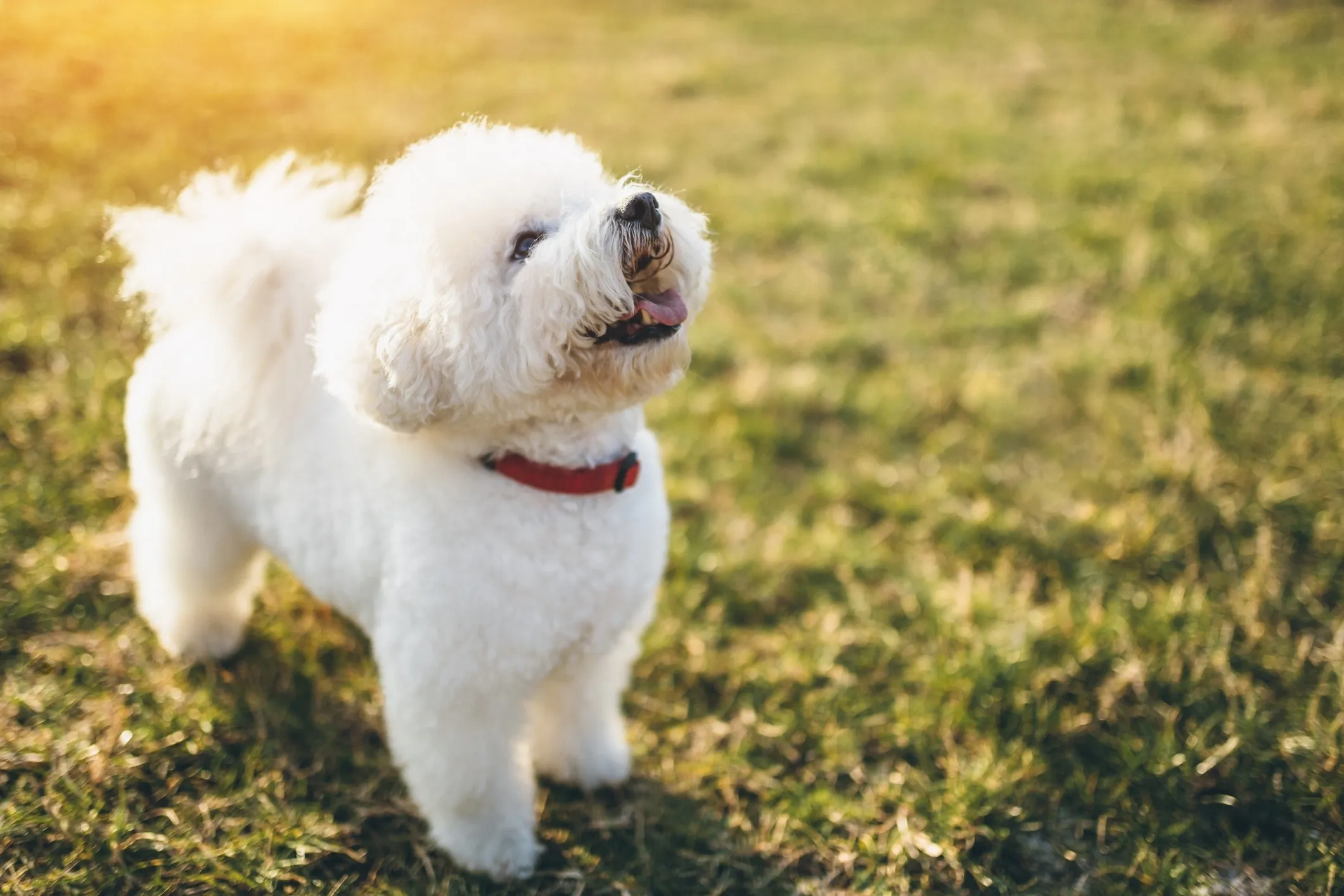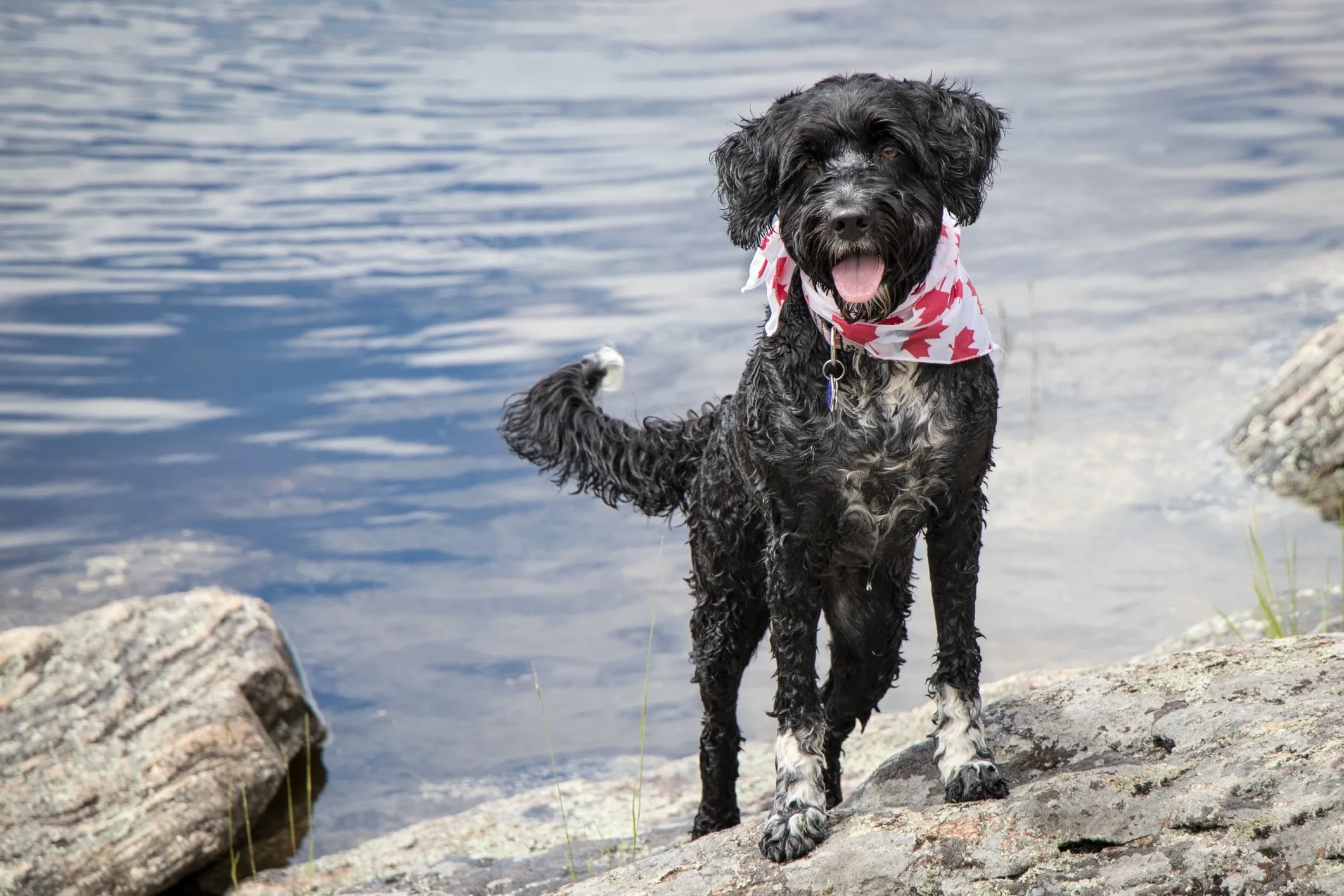For many people, the dream of sharing their lives with a canine companion is hampered by allergies. The constant shedding of pet dander, saliva, and urine can trigger uncomfortable reactions. This is where the appeal of “hypoallergenic” dogs comes in. But what exactly makes a dog less likely to cause an allergic reaction, and which breeds truly fit the bill? This guide explores dogs that don’t shed much, offering solutions for those seeking a furry friend without the sniffles.
While the term “hypoallergenic” might suggest a dog that produces zero allergens, the reality is more nuanced. All dogs produce allergens, but certain breeds have been developed or naturally possess traits that result in significantly less shedding and dander. This makes them a far better choice for individuals with dog allergies. Understanding these breeds is the first step toward a harmonious life with a dog. For those specifically searching for dogs that don t shed very much, this comprehensive overview will be invaluable.
Understanding “Hypoallergenic” Dogs and Shedding
The key to identifying dogs that don’t shed much lies in their coat types and grooming needs. While no dog is entirely allergen-free, some breeds are predisposed to produce fewer allergens. These allergens are primarily found in dander (dead skin cells), saliva, and urine, rather than just the fur itself. Dogs with continuously growing hair, rather than shedding coats, often produce less dander that becomes airborne.
It’s crucial to remember that “hypoallergenic” does not mean “non-allergenic.” Even breeds that shed minimally can still trigger allergies in highly sensitive individuals. Factors such as individual dog grooming habits, a person’s specific allergies, and the cleanliness of the home environment all play a role in managing allergic reactions.
Top Dog Breeds That Don’t Shed Much
The market for low-shedding dogs is vast, encompassing everything from tiny companions to larger breeds. Here’s a look at some of the most popular and effective breeds for allergy sufferers, focusing on those known for minimal shedding:
Poodles: A Classic Choice for Low Shedding
 white poodle walking through grass
white poodle walking through grass
Poodles, in all their sizes – Standard, Miniature, and Toy – have long been celebrated for their hypoallergenic qualities. Their distinctive curly coat traps dander and loose hair, preventing it from scattering around the house. This means less cleaning for you and a much more comfortable environment for allergy sufferers. Regular grooming is essential to prevent matting and keep their coat healthy. These intelligent dogs are not only great for allergies but also make highly trainable and engaging companions. For families seeking a dog that fits well into various living situations, exploring good family dogs that dont shed much should definitely include Poodles and Poodle mixes.
Yorkshire Terrier: Small Size, Big Personality, Little Shedding
 blue and tan torkie lounging on an arm chair
blue and tan torkie lounging on an arm chair
These spirited little dogs are a favorite among allergy sufferers for their minimal shedding and charming personalities. Yorkshire Terriers have a fine, silky coat that, with regular brushing, sheds very little. Their small size makes them adaptable to apartment living, and their affectionate nature ensures they become beloved family members. Regular grooming is a must to keep their beautiful coat in top condition.
Shih Tzu: Ancient Companions with Low-Dander Coats
 brown and white shih tzu lying on a living room floor
brown and white shih tzu lying on a living room floor
The Shih Tzu, an ancient breed known for its friendly disposition, also boasts a coat that sheds minimally. Their long, flowing hair can trap dander, making them a good choice for those with allergies. However, their flat faces can make them prone to overheating and breathing issues, so owners must be mindful of their environment and activity levels. Regular grooming is crucial to maintain their luxurious coat and prevent tear stains.
Schnauzer Breeds: Versatile and Low-Shedding Options
The Schnauzer family, from the Miniature to the Giant, are all excellent candidates for those seeking dogs that don’t shed.
- Miniature Schnauzer: The smallest of the Schnauzer breeds, the Miniature Schnauzer is known for its wiry coat that sheds very little. They are intelligent, spirited, and require moderate exercise.
- Standard Schnauzer: A larger version of their miniature counterparts, Standard Schnauzers also possess a low-shedding coat and require regular grooming. They are robust, energetic, and make loyal companions.
- Giant Schnauzer: For those who prefer a larger breed, the Giant Schnauzer offers the same low-shedding benefit. These powerful dogs need significant exercise and regular grooming to manage their dense, wiry coats. Discovering large dogs that dont shed a lot often leads to the impressive Giant Schnauzer.
Bichon Frise: The Cheerful, Curly-Coated Companion
 white bichon frise dog looking up in the grass
white bichon frise dog looking up in the grass
With their fluffy, white, curly coats, Bichon Frises are as delightful to look at as they are allergy-friendly. Their coat type traps dander, and they shed very minimally. These intelligent and playful dogs are highly trainable and eager to please, making them wonderful additions to many households. Consistent grooming is necessary to maintain their signature look and prevent matting.
Portuguese Water Dog: Energetic and Low-Shedding
 black and white portuguese water dog wearing a red maple leaf bandana in front of water
black and white portuguese water dog wearing a red maple leaf bandana in front of water
Originally bred to assist fishermen, the Portuguese Water Dog is an active and intelligent breed with a distinctive curly or wavy coat that sheds very little. Their low-shedding nature makes them a popular choice for allergy sufferers, but their high energy levels require a commitment to regular exercise. Swimming is a particular favorite for this breed.
Labradoodle and Goldendoodle: Popular Poodle Mixes
 brown standard labradoodle walking in a park
brown standard labradoodle walking in a park
These popular “doodle” mixes, bred from Poodles and Labrador Retrievers or Golden Retrievers, respectively, are celebrated for their low-shedding coats. Their coat types can vary, but many inherit the Poodle’s curly, allergen-trapping fur. They are known for their friendly, intelligent, and adaptable natures, making them excellent family pets. Regular grooming is essential to manage their coats. Exploring breeds of dogs that dont shed much will invariably lead you to these beloved crossbreeds.
Other Notable Low-Shedding Breeds
The list of dogs that don’t shed much extends beyond the most common breeds. Consider:
- Irish Water Spaniel: Known for their dense, curly, liver-colored coat, these water dogs shed minimally and require regular grooming.
- Affenpinscher: These small, “monkey-like” dogs have a wiry coat that produces fewer allergens.
- Bolognese: Originating from Italy, these dogs have a fluffy white coat that needs consistent grooming but sheds very little.
- Maltese: A small breed with a long, silky white coat that sheds minimally but requires extensive grooming.
- Soft Coated Wheaten Terrier: This Irish breed has a soft, silky coat that doesn’t shed much but requires regular brushing to prevent tangles.
- Coton de Tulear: These small, cheerful dogs have a cotton-like coat that sheds very little and is excellent for allergy sufferers.
- Schnoodle: A cross between a Schnauzer and a Poodle, combining the low-shedding qualities of both breeds.
- Bedlington Terrier: Often described as “lamb-like,” these terriers have a unique, curly coat that sheds very little.
- Xoloitzcuintli (Mexican Hairless Dog): As the name suggests, these dogs are largely hairless, making them an excellent option for severe allergy sufferers.
- Whoodle: A cross between a Soft-Coated Wheaten Terrier and a Poodle, resulting in a friendly, low-shedding companion.
- Bernedoodle: A cross between a Bernese Mountain Dog and a Poodle, these larger dogs offer the benefit of low shedding. For those specifically interested in large dogs that don t shed too much, the Bernedoodle is a fantastic option.
- Shorkie: A cross between a Shih Tzu and a Yorkshire Terrier, this small dog combines the low-shedding traits of its parent breeds.
- Afghan Hound: Despite their long, flowing coats, Afghan Hounds shed very little, but their grooming needs are substantial.
- Barbet: A French water dog with a shaggy, woolly coat that is low-shedding and requires regular brushing, especially after swimming.
- Shih-Poo: A Shih Tzu and Poodle mix known for its affectionate nature and minimal shedding.
- Peruvian Inca Orchid: This ancient breed is known for its nearly hairless body, making it a top choice for severe allergies.
- Malshi: A cross between a Maltese and a Shih Tzu, this small dog is known for its hypoallergenic coat and affectionate nature.
Essential Tips for Living with a “Hypoallergenic” Dog
Owning a dog that doesn’t shed much requires a commitment to specific care routines.
Prioritize Grooming
Breeds that shed minimally often have continuously growing hair that requires regular professional grooming or diligent at-home care. This can include brushing, trimming, and sometimes hand-stripping. Establishing a consistent grooming schedule is vital not only for managing shedding but also for preventing matting and skin issues. Using specialized shampoos like Allerpet® Dog Dander Remover can further help reduce dander. Regular bathing, typically every four to six weeks, is also recommended.
Maintain a Pristine Home Environment
Beyond grooming your dog, keeping your home clean is paramount. Regular vacuuming, dusting, and washing of pet bedding will significantly reduce the presence of allergens. Investing in air purifiers and ensuring good home ventilation can also help minimize airborne dander.
Consult with Healthcare Professionals
For individuals with significant allergies, it is crucial to consult with a healthcare provider. They can offer advice on managing allergy symptoms, including medications, nasal sprays, and immunotherapy. Understanding your specific triggers and developing a management plan alongside veterinary advice can ensure a happy and healthy coexistence with your canine companion.
Bringing a low-shedding dog into your home can significantly improve the quality of life for allergy sufferers, allowing them to experience the immense joy and companionship that dogs provide without the constant worry of allergic reactions. The key is thorough research, a commitment to grooming, and maintaining a clean living space.
